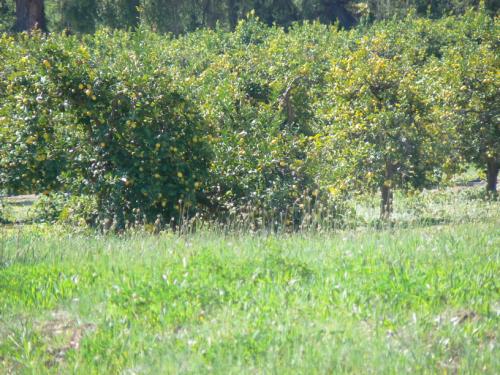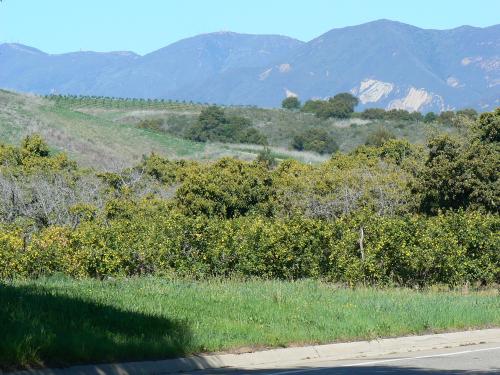Travel a few miles outside of Santa Barbara and you’ll encounter a truly rare scene – rare for coastal California in the year 2007, that is.
Travel a few miles outside of Santa Barbara and you'll encounter a truly rare scene – rare for coastal California in the year 2007, that is.
In the neighboring town of Goleta, just beyond the residential streets, are rolling green hills, meadows, lemon groves and organic family farms. A window to the turn of the last century, this landscape once defined California from San Jose to the Los Angeles citrus suburbs down to the Mexican border.


It is immediately apparent that Goleta's idyllic farms enhance the quality of life here in both tangible and intangible ways. Sure, there are bike trails, clean air, and fresh local produce. But the landscape is also psychologically soothing – a refuge from the continuous concrete and strip malls of modern Southern California. In an ideal world, every town would include a buffer zone of farmland and open space.
That Santa Barbara has managed to preserve this little piece of paradise in the face of a booming housing market is no small feat. Residents have fought to save the region's agricultural lands, which boast some of the most fertile soil and ideal growing conditions in the state.

Recent history shows that it has been a losing battle. The Goleta Valley was a sea of agriculture until the 1980's, when many of the farms were sacrificed for an inefficient mix of tract homes and shopping centers. Goleta, which also happens to house the University of California at Santa Barbara, desperately needs to find space for additional residential units.
Agrarian landscapes are worth saving, even if their preservation means skyrocketing housing prices. Viewed as totally expendable in other Southern California counties, nearly every last square foot of coastal farmland has been auctioned off to the highest bidding developer. A visit to any part of Orange County proves that the results aren't pretty.

Planetizen Federal Action Tracker
A weekly monitor of how Trump’s orders and actions are impacting planners and planning in America.

Maui's Vacation Rental Debate Turns Ugly
Verbal attacks, misinformation campaigns and fistfights plague a high-stakes debate to convert thousands of vacation rentals into long-term housing.

Restaurant Patios Were a Pandemic Win — Why Were They so Hard to Keep?
Social distancing requirements and changes in travel patterns prompted cities to pilot new uses for street and sidewalk space. Then it got complicated.

In California Battle of Housing vs. Environment, Housing Just Won
A new state law significantly limits the power of CEQA, an environmental review law that served as a powerful tool for blocking new development.

Boulder Eliminates Parking Minimums Citywide
Officials estimate the cost of building a single underground parking space at up to $100,000.

Orange County, Florida Adopts Largest US “Sprawl Repair” Code
The ‘Orange Code’ seeks to rectify decades of sprawl-inducing, car-oriented development.
Urban Design for Planners 1: Software Tools
This six-course series explores essential urban design concepts using open source software and equips planners with the tools they need to participate fully in the urban design process.
Planning for Universal Design
Learn the tools for implementing Universal Design in planning regulations.
Heyer Gruel & Associates PA
JM Goldson LLC
Custer County Colorado
City of Camden Redevelopment Agency
City of Astoria
Transportation Research & Education Center (TREC) at Portland State University
Jefferson Parish Government
Camden Redevelopment Agency
City of Claremont





























